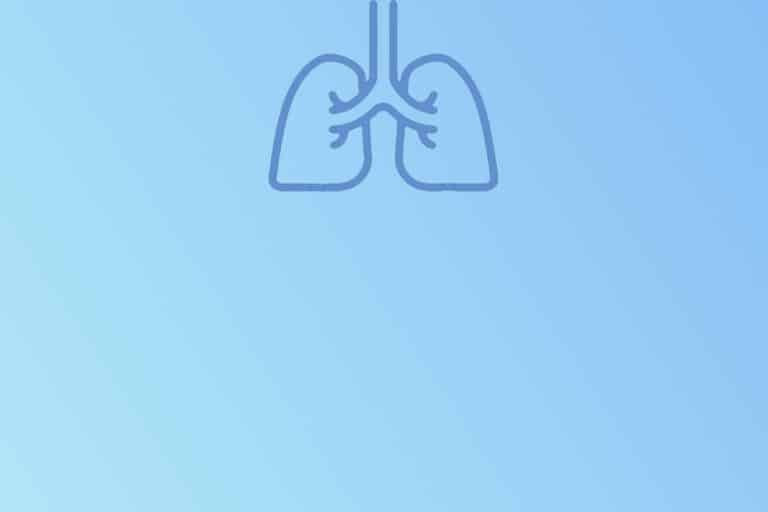Prematurity
Preterm birth is defined as any birth before 37 completed weeks of gestation (37+0). It has been estimated to account for up to 11 % of all births. Preterm birth is a substantial cause of neonatal and pediatric morbidity and mortality. Prematurity is the single most important cause of death in the first month of life and prematurity remains a global health problem due to the associated learning and motor disabilities and sensory impairment.
PRETERM BIRTH
Common signs of impending preterm birth include abdominal or back pain, premature rupture of membranes or cervical dilatation. Subsequent preterm labor constitutes of frequent and potent uterine contractions accompanied by cervical dilatation and effacement.
The specific cause of premature birth is often not identified. However, known risk factors of preterm delivery include:
Genetic abnormalities
- chromosomal aberrations
- trisomies (Down syndrome => 47XX +21 for females and 47XY + 21 for males)
Congenital infection
- syphilis (Treponema pallidum)
- toxoplasmosis (Toxoplasma gondii)
- rubeola
- cytomegalovirus (CMV)
- herpes simplex
- parvovirus B19
Maternal diseases
- too young/old age
- single mothers
- malnutrition (anorexia)
- smoking, alcohol, drug abuse (neonatal abstinence syndrome)
- previous uterine interventions
- congenital anomalies (uterus, placenta)
- multiple birth
- in vitro fertilization
- complicated obstetric history (abortions, miscarriages, previous preterm birth)
- chronic illness (hypertension, diabetes mellitus, obesity, autoimmune diseases)
- pregnancy complications (preeclampsia, HELLP syndrome = Hemolysis, Elevated Liver enzymes, Low Platelets)
Placental/Amniotic disorders
- acute/chronic placental insufficiency (hemorrhage, small placenta, placenta praevia, abruption, degenerative changes in placenta)
- polyhydramnios
- premature rupture of membranes
- chorioamnionitis
- funisitis
Preterm newborns
Over the last decades, improvements in neonatal intensive care have led to decreased mortality of preterm population. The centralization of care for high-risk pregnancies, delaying preterm birth (tocolytic agents) in order to administer corticosteroids for fetal lung maturation, antibiotic treatment for infection, improved ventilation and circulation support, and exogenous surfactant administration significantly aided to improving survival of preterm newborns.
The focus has shifted from reducing mortality to reducing short-term and long-term morbidity. The leading cause of moderate to severe neurodevelopmental impairment (cerebral palsy, cognitive disabilities, sensory deficits, epilepsy) in preterm infants is brain injury:
Major neurologic morbidities
- peri/intraventricular hemorrhage (PIVH)
- periventricular leukomalacia (PVL)
- white matter injury (WMI)
- hypoxic-ischemic encephalopathy (HIE)
Major neonatal morbidities
- respiratory distress syndrome (RDS)
- pulmonary hemorrhage
- hemodynamically significant patent ductus arteriosus (PDA)
- hypotension and myocardial dysfunction
- early onset sepsis (EOS)
- late onset sepsis (LOS)
- necrotizing enterocolitis (NEC)
- bronchopulmonary dysplasia
- retinopathy of prematurity (ROP)
Other problems of prematurity
- tubular and glomerular prematurity (difficulties concentrating urine and saving electrolytes/water; difficulties losing excessive water and electrolytes)
- heat loss (relatively large body surface area, minimal/absent subcutaneous fat layer) => preventing unnecessary heat loss due to handling, managing care in the incubator or radiant warmer
- fluid loss (relatively large body surface area, thin skin layer, significant skin permeability) => parenteral nutrition and optimal fluid management (see Table)
- metabolic issues (hypoglycemia, hypocalcemia, hypomagnesemia) => parenteral nutrition
- hyperbilirubinemia (jaundice)
| BW (grams) | IWL | D 1 – 2 | D 3 – 7 | D > 7 |
| < 750 | 100 – 200 | 100 – 200 | 150 – 200 | 120 – 180 |
| 750 – 1000 | 60 – 70 | 80 – 150 | 100 – 150 | 120 – 180 |
| 1001 – 1500 | 30 – 65 | 60 – 100 | 100 – 150 | 120 – 180 |
| > 1500 | 15 – 30 | 60 – 80 | 100 – 150 | 120 – 180 |
Follow Up
Despite neonatal care challenges during hospitalisation, a preterm newborn needs to be followed up for an extended period of time in order to screen for any developmental problems. Nowadays, there are Developmental care centres that are specialized for follow up of children who suffered perinatal injury or were born prematurely. Multidisciplinary approach is necessary part of this network (neurologist, cardiologist, pneumologist, dietitian, and others)
Late Morbidity
- cerebral palsy (CP)
- blindness/deafness
- mental retardation (MR)
- epilepsy
- failure to thrive
References
① Glass HC, Costarino AT, Stayer SA, Brett CM, Cladis F, Davis PJ. Outcomes for extremely premature infants. Anesth Analg. 2015;120(6):1337-1351. doi:10.1213/ANE.0000000000000705
② Harrison MS, Goldenberg RL. Global burden of prematurity. Semin Fetal Neonatal Med. 2016;21(2):74-79. doi:10.1016/j.siny.2015.12.007
③ Frey HA, Klebanoff MA. The epidemiology, etiology, and costs of preterm birth. Semin Fetal Neonatal Med. 2016;21(2):68-73. doi:10.1016/j.siny.2015.12.011






